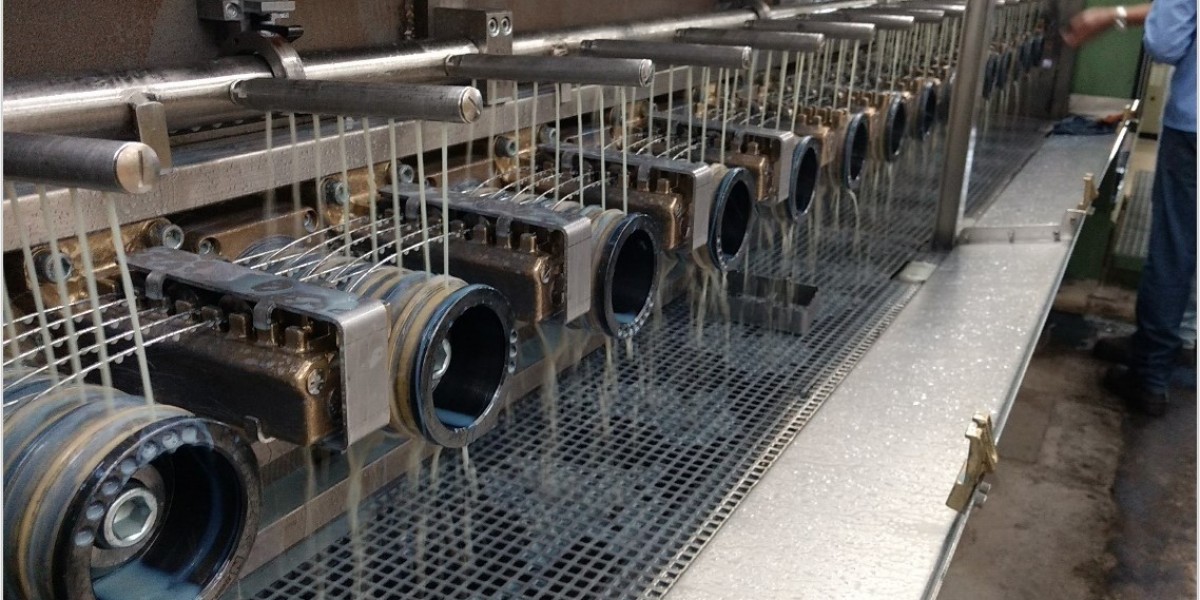Understanding Embroidery Digitizing
What is Embroidery Digitizing?
Embroidery digitizing is the process of converting artwork into a digital file that an embroidery machine can interpret. This digital file contains instructions on how to stitch the design, specifying the path, stitch type, length, and color changes.
Why is Digitizing Important?
The digitizing process is critical because it determines how well the design will translate onto fabric. A well-digitized design ensures that the final embroidered product is accurate, detailed, and visually appealing.
The Role of Digitizing Services in Custom Embroidery
1. Precision and Accuracy
Detailed Design Conversion
Professional digitizers meticulously convert intricate designs into digital formats, ensuring every detail is captured accurately. This precision is crucial for maintaining the integrity of custom designs, whether they're logos, artwork, or personalized graphics.
Consistent Results
Using professional digitizing embroidery service ensures consistency in the output. This means that every piece of embroidery will look the same, regardless of the number of items produced.
2. Optimization for Embroidery Machines
Machine Compatibility
Digitizing services optimize files to be compatible with various types of embroidery machines. This ensures smooth operation and minimizes the risk of errors during the embroidery process.
Stitch Optimization
Expert digitizers adjust stitch types, densities, and directions to suit different fabrics and designs. This optimization prevents issues like puckering, distortion, and thread breaks.
3. Efficiency in Production
Quick Turnaround
Digitizing services often provide fast turnaround times, allowing for quicker production of custom embroidery projects. This is particularly beneficial for businesses that need to meet tight deadlines.
Streamlined Workflow
By outsourcing the digitizing process, businesses can focus on other aspects of production, leading to a more streamlined workflow and increased overall efficiency.
Key Benefits of Using Embroidery Digitizing Services
1. High-Quality Output
Professional Expertise
Digitizing services employ skilled professionals who understand the nuances of embroidery and digitizing. Their expertise ensures that the final product is of the highest quality.
State-of-the-Art Software
These services use advanced software to create digital files, enhancing the precision and quality of the digitized design.
2. Cost-Effectiveness
Reduced Errors
Accurate digitizing minimizes errors during the embroidery process, reducing waste and the need for rework. This saves time and money in the long run.
Bulk Processing
For large orders, digitizing services for embroidery can process designs in bulk, providing economies of scale that benefit businesses financially.
3. Customization Options
Tailored Designs
Digitizing services can customize designs to meet specific requirements, whether it's altering stitch types, adjusting colors, or modifying design elements to suit different fabrics and applications.
Unique Personalization
These services allow for unique personalization of designs, making it possible to create one-of-a-kind embroidered items that stand out.
Steps Involved in Embroidery Digitizing
1. Design Submission
The process begins with the submission of the design. This can be in various formats, including vector files, images, or hand-drawn sketches.
2. Digitizing Process
Artwork Conversion
The submitted design is converted into a digital embroidery file. This involves mapping out the stitch path and determining stitch types and densities.
Simulation and Testing
The digitized design is then simulated and tested to ensure it will embroider correctly. Adjustments are made as necessary to perfect the design.
3. Final Review and Delivery
The final digital file is reviewed for accuracy and quality before being delivered to the client. This file is ready to be loaded into the embroidery machine for production.
Choosing the Right Digitizing Service
1. Experience and Reputation
When selecting a digitizing service, consider their experience and reputation in the industry. Look for reviews and testimonials from previous clients to gauge their reliability and quality of work.
2. Service Offerings
Ensure the service offers a range of digitizing options and can handle different types of designs and fabrics. It's also beneficial if they provide additional services like design modification and color matching.
3. Turnaround Time
Check the turnaround time offered by the service. Quick and efficient delivery is crucial, especially for time-sensitive projects.
4. Customer Support
Good customer support is essential for addressing any issues or concerns that may arise during the digitizing process. Choose a service that offers responsive and helpful customer support.
Conclusion
Embroidery digitizing services are indispensable for custom embroidery projects. They ensure that your unique designs are accurately and efficiently converted into high-quality embroidered products. By leveraging professional expertise and advanced technology, these services enhance the overall quality, consistency, and efficiency of custom embroidery, making it possible to bring even the most intricate designs to life with precision and ease.
FAQs
What are embroidery digitizing services?
Embroidery digitizing services convert artwork into digital files that embroidery machines can read, ensuring accurate and high-quality embroidered designs.
Why should I use professional digitizing services for custom embroidery projects?
Professional digitizing services offer precision, efficiency, and high-quality output, ensuring your custom embroidery projects meet the highest standards.
How do digitizing services optimize designs for different fabrics?
Digitizing services adjust stitch types, densities, and directions to suit various fabrics, preventing issues like puckering and distortion.
What factors should I consider when choosing a digitizing service?
Consider factors such as the service's experience, reputation, range of offerings, turnaround time, and customer support.
How does the digitizing process work?
The process involves design submission, artwork conversion, simulation and testing, and final review and delivery of the digital embroidery file.








